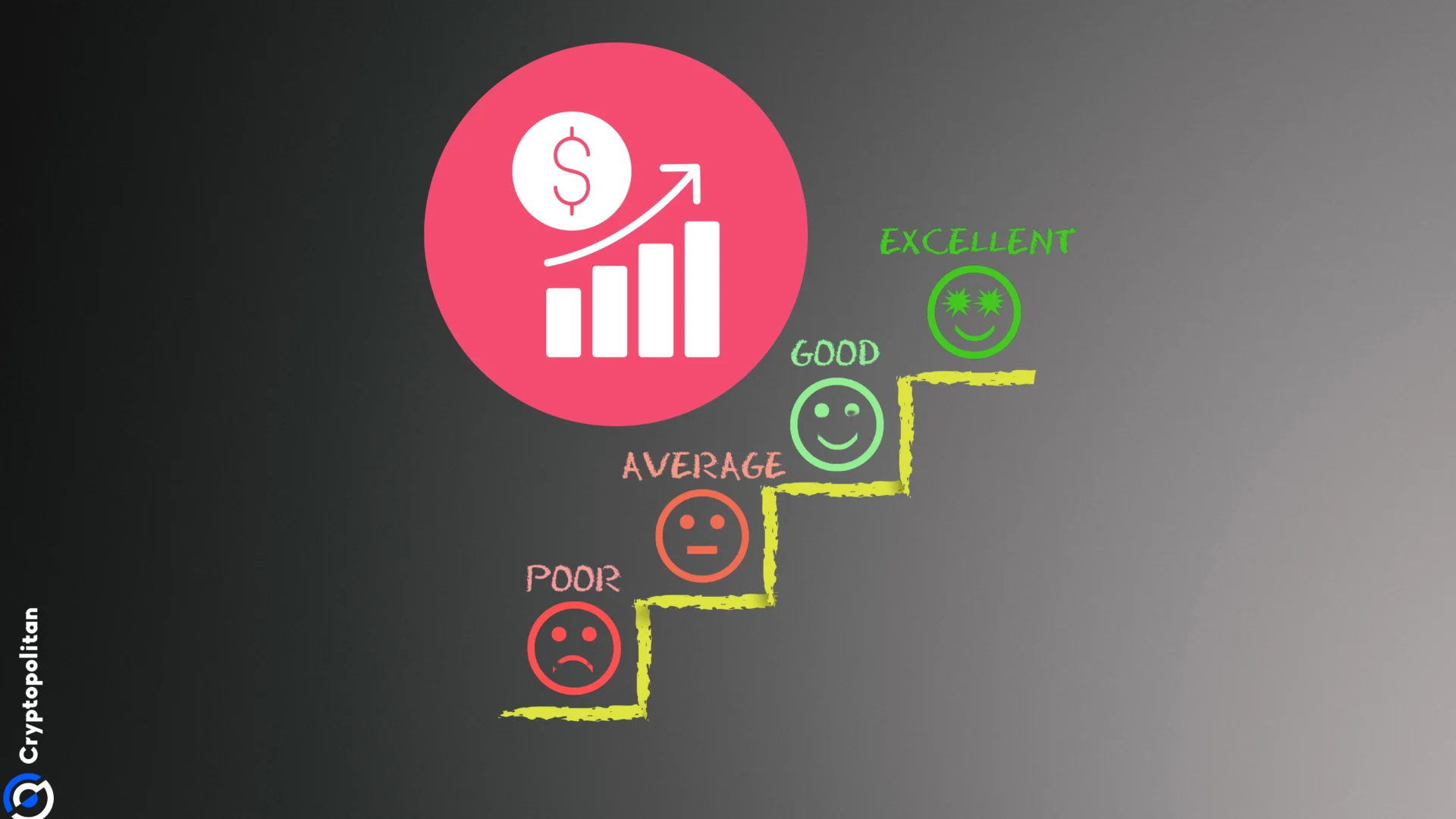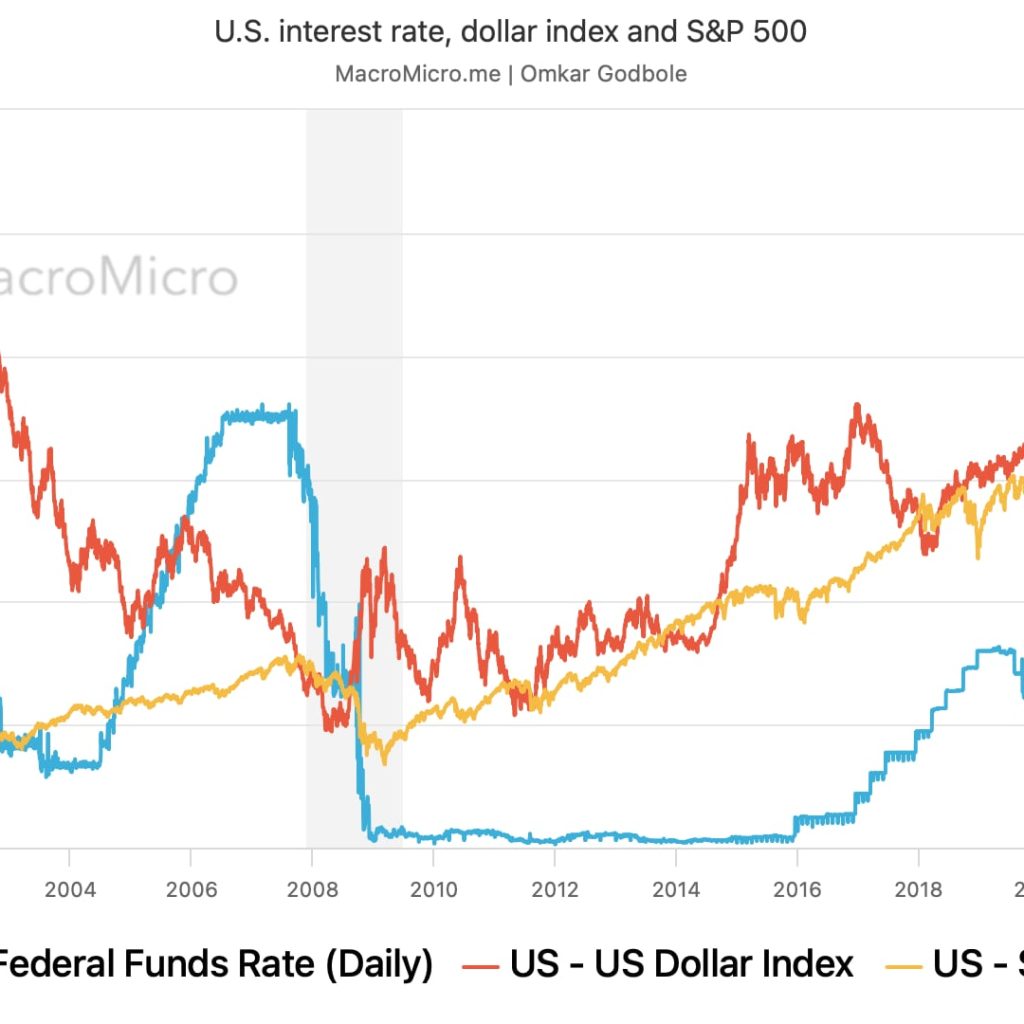Data from the Bureau of Labor Statistics under the U.S. Department of Labor on inflation revealed that consumer prices increased by 2.4% YoY ending in September, a slight deceleration compared to the 2.5% annual price gain in August. The yearly increase was the lowest recorded since 2021, and it surpassed economists’ projections by 0.1%.
The index jumped 0.2% over the last 30-day period, which was more than the expected 0.1% but equal to the monthly increase (MoM) seen in August. The September CPI report had good news and bad news, according to Eugenio Aleman, chief economist at Raymond James. The good news was that shelter costs had slowed down, and the bad news was that there was a risk of more inflation going forward.
Inflationary pressures surge beyond price jump forecasts
Inflation expected to slow in September but 'upside risks' loom amid start of Fed easing https://t.co/NmoC8zmVBT by @allie_canal
— Yahoo Finance (@YahooFinance) October 9, 2024
The core CPI, excluding the volatile categories of energy and food, caught the analyst’s attention, with the core inflation rising by 0.3% month-over-month and 3.3% YoY in September. Both surpassed economists’ projections of a 0.2% MoM increase and an annual rise of 3.2%.
Shelter and food indexes rose 0.2% and 0.4% in September, contributing a combined 75% of the monthly all-items increase. Food at home and food away from home increased by 0.4% and 0.3% respectively over the month.
According to the BLS (Bureau of Labor Statistics), the persistent upward pressure on core inflation suggested strong underlying price pressures. It pointed out that the inflation-combating efforts were more challenging than anticipated.
The sticky shelter inflation was largely blamed for the recorded higher core inflation readings, according to economists, but the moderation from August to September was an encouraging sign. Inflation remained above the Fed’s targeted 2% annually despite moderation.
“If inflation data continues to indicate that prices are generally rising amid a backdrop of a cooler labor market, the Fed’s next meeting will undoubtedly involve a more heated discussion of which of the Fed’s mandates takes precedence,”
– Quincy Krosby, Chief global strategist at LPL Financial
The Fed recently shifted its attention to the labor market’s state, which had surprisingly remained resilient amid high interest rates. The BLS report altered expectations on the interest rate’s projectile, with traders pricing in a smaller 25 basis point cut in November instead of another 50 basis point jumbo cut.
The Fed is caught between a rock and a hard place
The BLS affirmed that the Federal Reserve was struggling to balance its dual mandate of maximizing employment and stabilizing prices. The central bank raised interest rates aggressively while monitoring the labor market, which remained resilient amid rising borrowing costs.
BLS data released on Oct. 4th revealed that the labor market added 254K payrolls in September, more than the 150K predicted by economists. The unemployment rate dropped 0.2% from 4.3% to 4.1%.
The Fed’s decision-making was further complicated as strong labor market data led to increased expectations that the central bank must maintain higher interest rates for longer to prevent inflation from spiraling out of control and cool down the economy.





